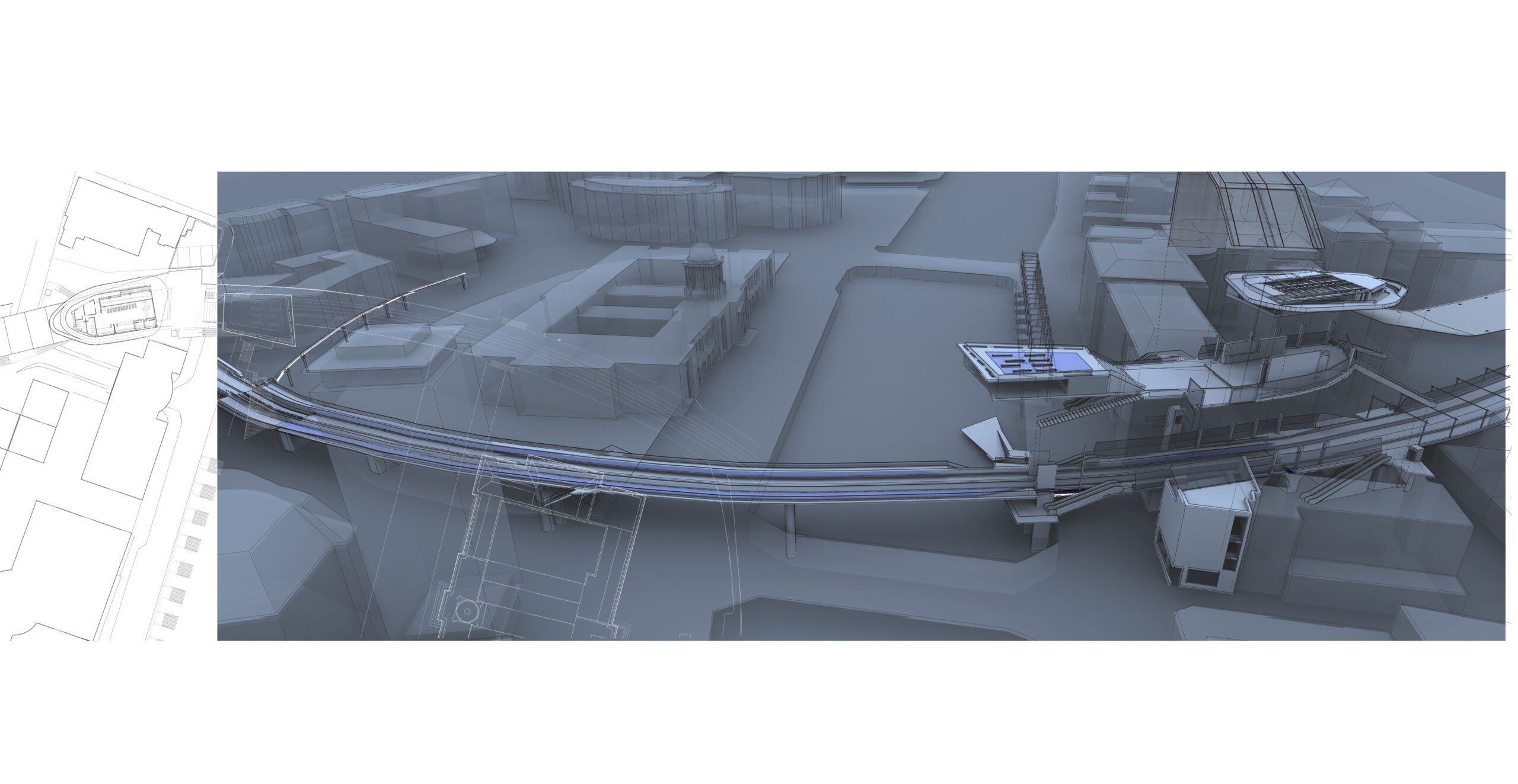
‘Every day is a journey, and the journey itself is home’ Basho
A personal tale, common to many; away from home, on a distant shore, caught up the ebb and flow of the everyday, we lose ourselves. Divided by political headlines, our memories become eroded. Missing home, I lament.
If only momentarily, we dream of escape. Conjuring an otherworld, we ostensibly undertake a journey; physically and in parallel a deeper discovery into oneself, from sound to silence.
Idealized, imagined utopias. Islands exist in a semi dream-like state. A distant memory or creation of our imagination.
Tangible: Tory Island, shrouded in mythology sits isolated, silent. Resting on the shore the Arrivals Hall a shelter for islanders and visitors, a space for exchange, offers an opportunity to share stories. Connected sits hulled structures host fisheries and touristic functions support year-round sustainable economic activities.
The Music Hall; linked by a rhythmic pathway, a conduit between earth and sky; musicians as translators evoke the intangible mythological lore. Drawing from the granite geo-scape, legends of Tory converge with tales of distant lands. In the mode of Irish traditional music, the spaces promote a culture of oral transmission, of exchange. The tunes, vehicles for emotional expression making the invisible visible.
Departing, leaving this Atlantic edge, I return home, spirit reawakened ready to begin again.

A new transport interchange, and network of public spaces focused around Tara Street, Dublin City Centre.
The urban station is concerned with enriching both the functional and experiential networks of its specific urban environment. Through ideas of connectivity and perceptual invigoration, the scheme re-evaluates existing elements and creates unique opportunities in the city, The main programmatic elements are focused around the site of Tara St Station and incorporate commercial units, an improved train platform system, bars, a restaurant, nightclub, performance space, fitness centre, water taxi terminal, and various public spaces. The public amenities take advantage of their unique locations and aim to add an element of magic, or romanticism to city life (such as the grassed plane projected out over the river, or the running track weaving between the tops of buildings). The loopline train bridge is another “negative” element that is given a new functional and aesthetic lease of life, Walkways extending from Tara St to Gardiner St, offer a new level to the pedestrian liberated from the oppressive traffic. The bridge is also structurally re-designed to reduce its sectional depth, allowing the Custom House to become part of the city centre once again. The scheme is not intended to be a prototype for how rail tracks should be used within city centres. It is however, an exploration of latent opportunities within a rich and specific urban environment.

